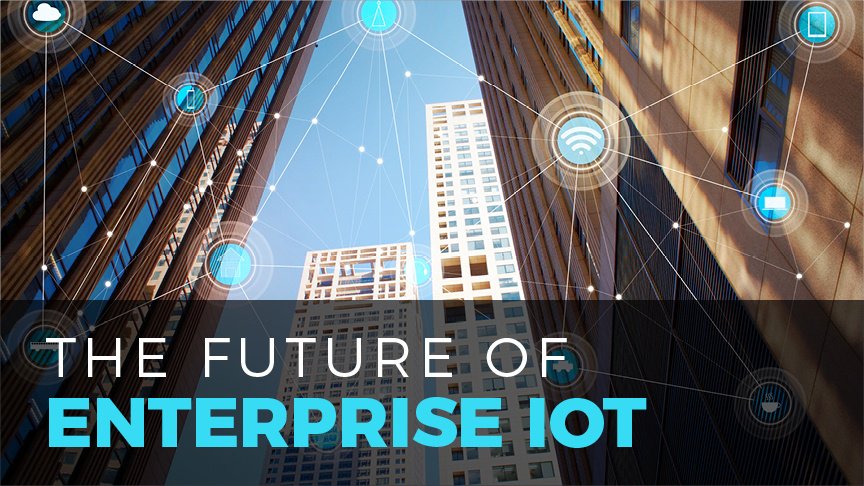IoT Gaining Steam
The Internet of Things (IoT) continues to gain tremendous momentum. That’s because IoT devices make life and business easier. IoT physical devices and other items embedded with electronics, software, sensors, actuators, and network connectivity which enable these objects to collect and exchange data. According to a recent Gartner report, more than 8.4 billion IoT devices are in use this year up from 6.3 billion in 2016. If that year over year increase sounds impressive, the projected growth to nearly 21 billion connected devices by 2020 should sound overwhelming.
The hype behind IoT generally follows the consumer market. Devices powered by Amazon’s Alexa, Apple’s Siri, Microsoft’s Cortana, and Google Home have flooded the market and infiltrated homes around the U.S. and the world. Despite some privacy and security setbacks, the consumer market currently represents $725 billion in spending. This spend could grow exponentially if any of the aforementioned devices successfully launch a platform for other IoT devices to interact in a single home.
The Enterprise Perspective
With all of the talk about the future of smart homes, it’s easy to miss the effect of IoT to the enterprise. Business spending in IoT eclipses consumer spending at 57% ($936 billion) compared to 43%. More broadly, there is a growing obsession with data and convenience in accessing that data across all industries. This obsession, of course, was not created by IoT, but has certainly been spurred by it.
The largest piece of IoT enterprise spend focuses on technologies that are specific to certain verticals including manufacturing, oil & gas, transportation, and agriculture. When referencing manufacturing specifically, this is referred to as the Industrial Internet of Things (IIoT), and it’s driving what some are calling “Industry 4.0”, the 4th industrial revolution. Feeding the insatiable need for more data, monitoring equipment across countless industries is now Internet-connected offering nearly unlimited data that organizations can poke and prod to increase efficiency and production.
Alternatively, an emerging area of IoT for the enterprise are those technologies that apply “cross-industry.” The most notable in this category includes devices that fall under the “smart building” label including connected HVAC and lighting systems or even modern physical security networks. While this currently represents a smaller portion of spending, the number of cross-industry devices in the market is projected to outnumber vertical-specific devices within the next year.
A Mixed Bag
The positives of adopting enterprise IoT for your organization are clear: more data, more connections, better business decisions. More reporting can lead to potential areas of cost-saving at the least and untapped areas of production at best.
Yet, there are risks associated with pursuing any new technology – especially any connected to the Internet. Any adoption of IoT increases the total number of endpoints–or physical devices that are Internet connected in order to perform a task. This connectivity introduces potentially vulnerable systems, and widens the attack surface to potential threats.
Fortunately, IoT device manufacturers are feeling the pressure to beef up security. Cybersecurity firm ForeScout mentioned in 2016 that many IoT devices can be “hacked in as little as three minutes.” Just this week, British microchip manufacturer, ARM, unveiled a new security framework called Platform Security Architecture (PSA) to make devices intrinsically more secure at the hardware level.
Do the benefits outweigh the risks? That’s for you to decide. The adoption of IoT should be viewed as an enterprise risk decision so make sure you have all of the appropriate information. Some IoT decisions should be easier to make than others. Internet-controlled LED lighting? Maybe not a big risk. Wireless security cameras within your warehouse or at a critical point in your assembly line that uses proprietary technology? Maybe worth reconsidering.
Need guidance with your strategic IoT decisions? Let N2K help your leadership better understand cyber risk through our custom Cyber Resolve Board and Executive training. We can help you weigh your IOT adoption risk.


